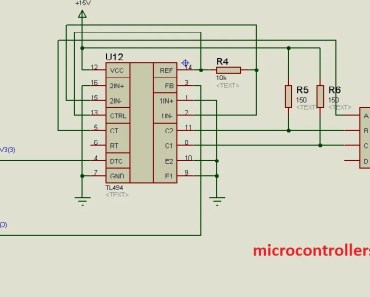Data Sheet Frekuensi Irf640
One of my pet peeves is when my fellow engineers misinterpret component datasheets. This happened a few times recently in separate instances, all involving power MOSFETs. So it’s time for me to get on my soapbox. I was going to post an article on how to read component datasheets in general. But MOSFETs are a good place to start, and are a little more specific.
IRF 640N/S/L. Electrical Characteristics @ TJ = 25°C (unless otherwise specified). V(BR)DSS ∆V(BR)DSS/∆TJ RDS(on) VGS(th) gfs. Data and specifications subject to change without notice. This product has been designed and qualified for the automotive [Q101] (IRF 640N).
I’m not the first person to write something about how to read datasheets; here are some other good articles: •, Michigan State University ECE480 •, University of Nevada Las Vegas PHYS483 •, F. Raymond Dewey, Allegro Microsystems •, David Kress, Analog Devices •, NXP •, Alan Huang, Infineon Technologies What Is a Datasheet?
This may be a dumb-sounding question, but what is a datasheet, exactly? It’s a document that describes the behavior, appearance, performance, and limitations of a component, as asserted by the manufacturer. Power N-MOS have a maximum permissible voltage between gate and source of about +18 have lower body resistanse at the ON state (some mili-ohm ) than the P chanel MOS. So N-MOS ARE IDEAL for power applications, like switching power suplies, voltage inverters etc. You can put in parallel many MOS devices without having the problem of paralleling bipolar transistors (connecting power resistors to emiters).BUT! Power N-MOS needs about 18 volts voltage difference between gate and source in order to reach the lowest resistance of the body of the MOS.A good idea is to drive your load connecting it between source of N-MOS and Ground.

But how you will have now a 18 volts difference between gate and source? If for example the Drain of the MOS is Connected at 24 volts then at the ON state the load (and so and the Source) will be at 24 volts, but now how we will have a gate-source differece of 18 vots? The 'tric' is to twice the 24 volts of your power supply using a capacitor and a resistor in series and driving your MOS through this RC network. I'm not sure exactly what your question is. New travian servers. The datasheet will tell you, in the Absolute Maximum section, the allowable gate-to-source voltage range. For the IRPF260N, for example, Vgs (Gate-to-Source Voltage) has a maximum range of ± 20V.
This is pretty typical for most MOSFETs, however it can vary from part to part. (I had to search hard to find one that wasn't ± 20V max; the is an example rated for 8V.) As long as you stay within that range you are fine; if you exceed those ratings for even a microsecond then the part may undergo permanent damage.
Sandinista clash rare. First release / pressing came with printed inner sleeves. Track D5 only listed in etching on Side 4, it is not listed on the label/sleeve. Photos: Front Cover: New York Palladium 21.9.79.
Related Electronics Part Number Part Number Components Description Html View Manufacturer International Rectifier International Rectifier Sensitron International Rectifier Sensitron International Rectifier International Rectifier Sensitron International Rectifier International Rectifier Datasheet Page Link URL Does ALLDATASHEET help your business so far? All Rights Reserved© 2003 - 2018 Mirror SitesEnglish:, Chinese: German: Japanese: Russian: Korean: Spanish: French: Italian: Portuguese: Polish.